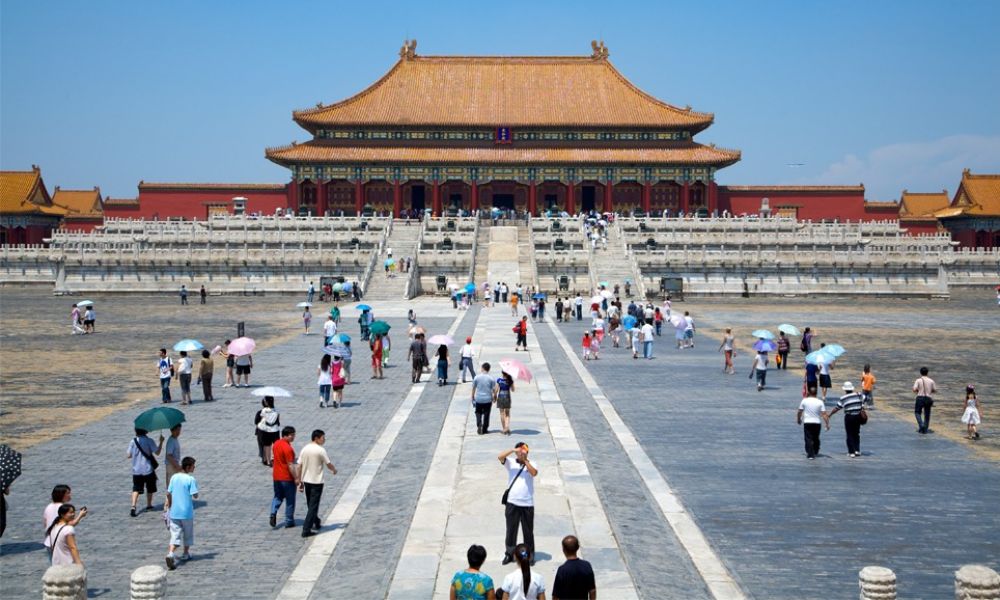

Tiananmen Square, located at the heart of Beijing, is a place of immense cultural and historical significance in China. It has been the site of various major historical events since its initial construction in 1417 during the Ming Dynasty. The square's name, Tiananmen, translates to "Gate of Heavenly Peace" and refers to the Tiananmen Gate located to its north, which separates it from the Forbidden City. Over several centuries, Tiananmen Square has evolved from being exclusively a part of the imperial citadel into a public national symbol.
Historical Significance
The profound historical relevance of Tiananmen Square, being the location of the proclamation of the People's Republic of China by Mao Zedong on October 1, 1949, turned it into an important tourism site. Over the years, the square has witnessed a series of renovations and expansions making it one of the largest city squares in the world, a fact which further attracts tourists.
Attractions and Memorable Landmarks
Tourism in Tiananmen Square started to flourish as it became surrounded by significant edifices such as the Great Hall of the People, the National Museum of China, and the towering Monument to the People's Heroes. Additionally, Mao Zedong's Memorial Hall serves as a mausoleum for Chairman Mao Zedong, which adds governmental and historical gravity to the area. Visitors come to witness the daily flag-raising ceremony, explore the museums, or simply absorb the square's imposing presence.
Modern Developments
Modern developments in infrastructure and transportation have made Tiananmen Square more accessible than ever before. This has contributed to the steady increase in tourist numbers. Furthermore, with China's economic expansion, there has been a boost in domestic tourism, with Chinese nationals coming to pay homage to their country's modern history.
Latest Tourism Trends
In recent years, there has been a trend towards smart tourism in Beijing. The use of digital technology and mobile applications has made it easier for tourists to navigate and discover historical insights about Tiananmen Square. Virtual reality experiences and augmented reality apps are now available that tell the story of the square and its surrounding landmarks, catering to the 21st-century tourist’s preference for immersive and interactive experiences.
Pandemic Impact and Recovery
Like many other destinations, Tiananmen Square tourism faced the challenges brought upon by the global COVID-19 pandemic. However, it is slowly showing signs of recovery as China relaxes its travel restrictions. The importance of health and safety measures has become paramount, with digital health passports and online booking systems being implemented to manage visitor flow and maintain social distancing.
Tiananmen Square remains a potent symbol of China’s storied past and continues to attract visitors from around the world. Its deep cultural resonance, coupled with its role in modern Chinese society, makes it an unmissable destination for any traveler interested in the historical and political evolution of China.